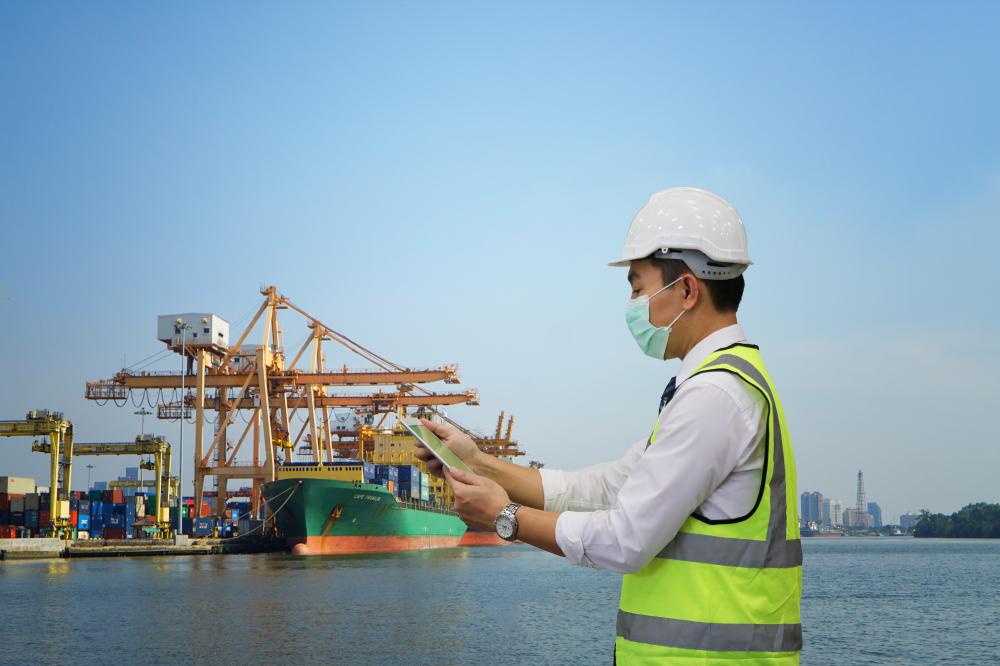Navigating the Supply Chain Landscape in China
Diving into the realm of supply chain management in China reveals a mesmerizing tapestry of innovation, complexity, and resilience. With over four decades of experience, working under the aegis of China Performance Group, I have witnessed first-hand the transformative evolution of the industry. China stands as a pivotal player in global supply chains, with its unique blend of extensive manufacturing capabilities and an ever-growing technological prowess driving the mechanics behind efficient supply chain solutions.
The sheer geographical expanse of China presents both an opportunity and a challenge. Everything from the bustling manufacturing hubs like Shenzhen and the major logistics activities in Shanghai reveals a complex network that companies must navigate to optimize their supply chain operations.
Overcoming Challenges in Supply Chain Management in China
Supply chain management in China isn’t devoid of its hurdles. As organizations seek to streamline operations, the challenges manifest in various forms. Language barriers, cultural differences, and local regulations add layers of complexity. In my experience, building strong relationships with local suppliers is essential to overcoming these hurdles. Establishing trust through face-to-face meetings and regular communication is a game-changer.
Another significant challenge is fluctuations in local policies and regulations. These can impact everything from import/export duties to logistics operations. Staying informed and adaptable is crucial. By leveraging a reliable network and maintaining flexible strategies, companies can mitigate potential disruptions.
- Language and cultural barriers
- Regulation fluctuations
- Logistical complexities
Critical Elements for Successful Supply Chain Management in China
Success in supply chain management in China hinges on several critical elements:
- Building Partnerships: Establishing solid partnerships with local industries can make or break your supply chain operations. A well-established partnership facilitates smoother negotiations and fosters trust.
- Quality Assurance: Implementing rigorous quality checks ensures that the products meet international standards, minimizing the risk of defects and returns. China Performance Group’s proprietary QA process has been crucial in maintaining high-quality outputs.
- Technology Adoption: Embracing the latest technological solutions like AI and IoT can significantly enhance supply chain efficiency. From predictive analytics to inventory management, technology is a vital component.
- Continuous Adaptation: The dynamic nature of global markets demands continuous adaptation. By staying agile and informed, companies can pivot as needed to capitalize on new opportunities.
Personal Insights: A Veteran’s Perspective
The journey of managing a supply chain in China has been a roller-coaster ride. My tenure with China Performance Group has provided me with unique insights into the industry. One memorable instance was navigating the supply chain disruptions during the COVID-19 pandemic. Our team’s dedication to maintaining communication lines with local suppliers and finding alternative routes was instrumental in ensuring continuity.
The pandemic was a wake-up call, making it evident how crucial flexibility and proactive problem-solving are. Many businesses that relied solely on one or two suppliers found themselves in precarious positions. Diversification, both in supplier base and logistics strategies, emerged as a vital strategy.
A supply chain management emergency in China can stem from various unforeseen events that disrupt the flow of goods and services. These may include natural disasters, sudden policy changes, major trade disputes, or global pandemics affecting logistics and production.
During an emergency, it’s crucial to have a robust contingency plan. Here are some steps to manage such situations effectively:
- Immediately assess the extent of the disruption and identify affected areas.
- Communicate transparently with all stakeholders, including suppliers and customers.
- Implement alternative logistics routes and sourcing plans to maintain product flow.
- Continuously monitor the situation and adjust strategies as necessary.
What is the supply chain strategy of China?
China’s supply chain strategy is built on a foundation of robust manufacturing capabilities, technological advancement, and strategic partnerships. The country emphasizes regional clusters to enhance efficiency and reduce costs. Cities like Shenzhen and Shanghai serve as key hubs, where innovation and logistics converge. Additionally, China’s strategy involves enhancing technological integration, such as AI and IoT, to streamline operations and improve quality. The adaptability in policies and practices allows businesses to navigate global shifts effectively. For instance, during the COVID-19 pandemic, many companies successfully shifted to alternative sourcing strategies to maintain continuity. This blend of innovation, technology, and resilience makes China a leader in supply chain management.
Which country is best for supply chain management?
The answer largely depends on specific industry needs and objectives. However, China continues to lead due to its extensive infrastructure, diverse manufacturing base, and technological advancements. Countries like Germany are also renowned for their efficiency and precision in manufacturing, particularly in automotive supply chains. Moreover, the United States offers advanced logistics technology and strategic geographical positioning. Each country has its strengths, making them suitable for different types of businesses. It’s crucial to assess what aligns best with a company’s specific goals, taking into account costs, regulatory environments, and technological infrastructure.
What is the supply chain technology in China?
China is at the forefront of adopting cutting-edge supply chain technologies. AI and machine learning are used extensively for predictive analytics and demand forecasting, while IoT devices enable real-time tracking of goods in transit. Blockchain is increasingly leveraged to ensure transparency and efficiency across transactions, minimizing fraud and logistical errors. Companies in China often employ automated warehousing solutions and robotics to enhance operational efficiency. This technological adoption not only boosts productivity but also ensures reliability and quality, which are crucial for maintaining international competitiveness. As someone who has navigated these systems first-hand, I’ve seen how embracing technology can transform supply chain efficiency.
Are supply chains moving away from China?
While some companies have explored diversifying their supply chain to other regions, China remains a central hub due to its established infrastructure and production capabilities. Geopolitical tensions and rising labor costs have encouraged some businesses to consider alternatives, such as Vietnam and India. However, relocating a supply chain is not a straightforward process and requires significant investment and planning. Many businesses opt for a hybrid approach, maintaining a presence in China while expanding operations elsewhere. This strategy allows them to balance risk and take advantage of China’s sophisticated logistics networks.
Why is building strong relationships with local suppliers in China important?
Building strong relationships with local suppliers is paramount because it fosters trust and facilitates smoother operations. In China, business is often relationship-driven, and having a reliable network can expedite processes and negotiations. Establishing trust with suppliers means businesses are more likely to receive favorable terms and better service. I’ve witnessed how face-to-face meetings and regular communication can make a substantial difference in overcoming cultural and language barriers. For example, during times of crisis, such as a sudden regulation change, having a strong rapport with suppliers can allow for quicker adaptations and solutions. Consider how your own partnerships could be strengthened for long-term success.
How does quality assurance play a role in supply chain success?
Quality assurance is critical in ensuring products meet international standards, thereby reducing defects and returns. At China Performance Group, we employ a proprietary QA process that ensures each product is thoroughly inspected before shipment. Consistent quality checks not only build consumer trust but also enhance brand reputation. A robust QA process can prevent costly recalls and improve customer satisfaction. In my experience, companies that prioritize quality assurance as a key component of their supply chain strategy often outperform competitors in terms of customer loyalty and market reach. Have you evaluated the impact of quality assurance on your supply chain?


